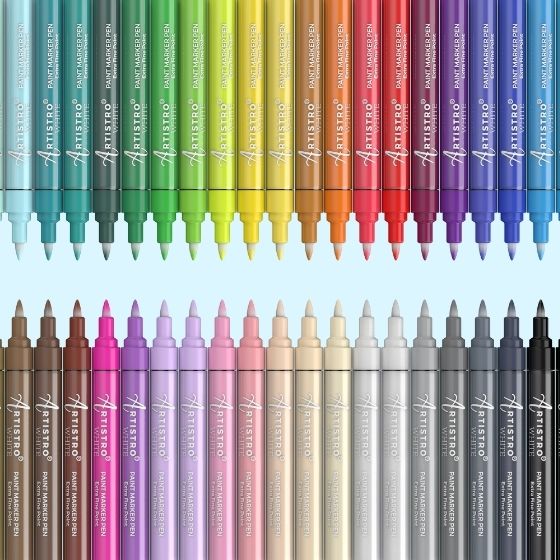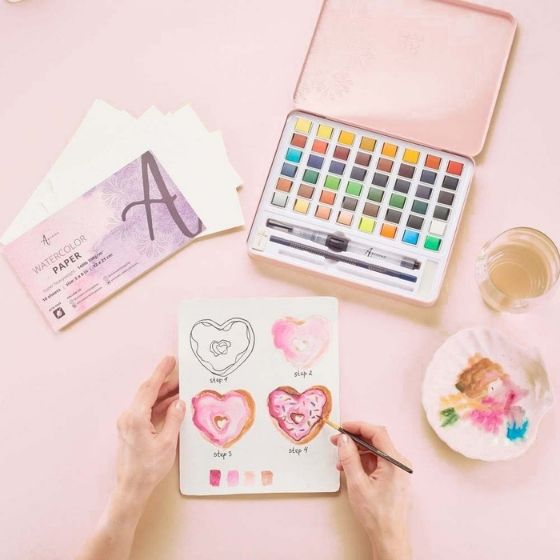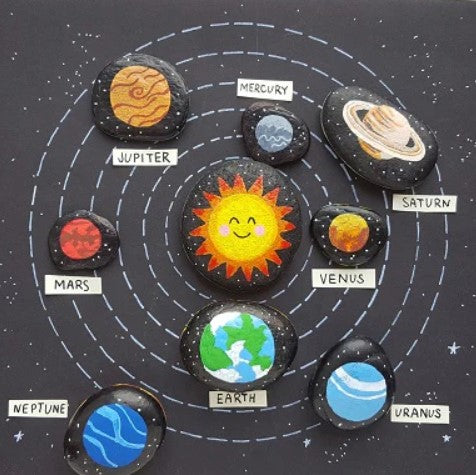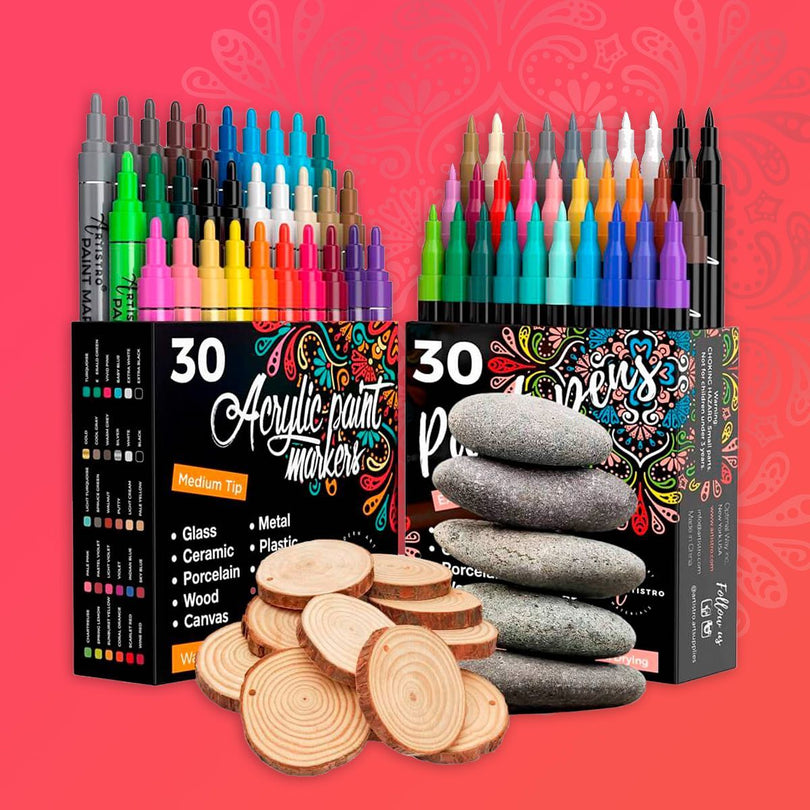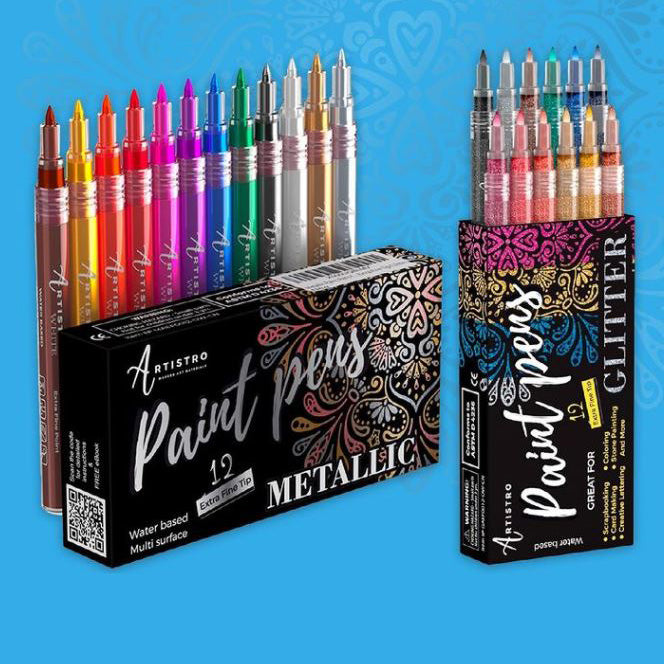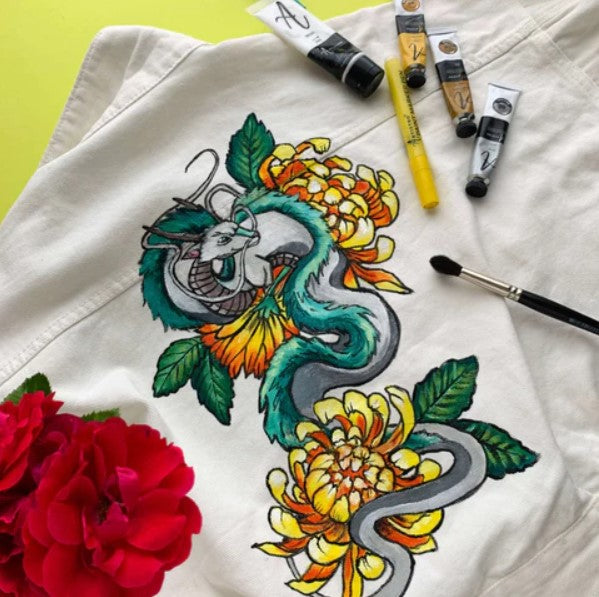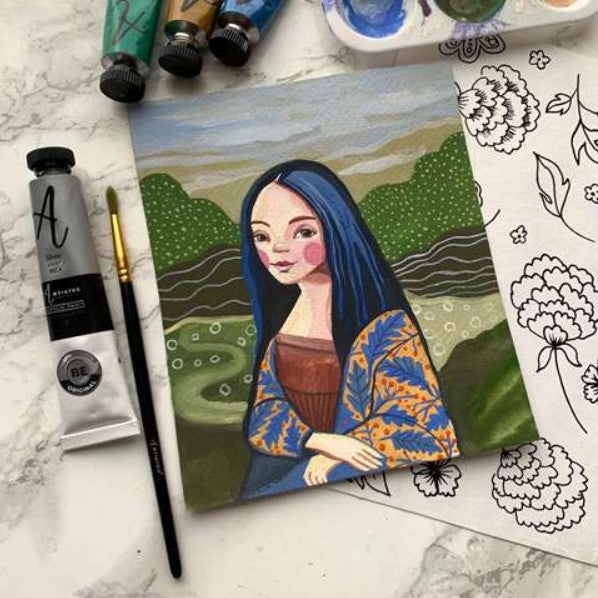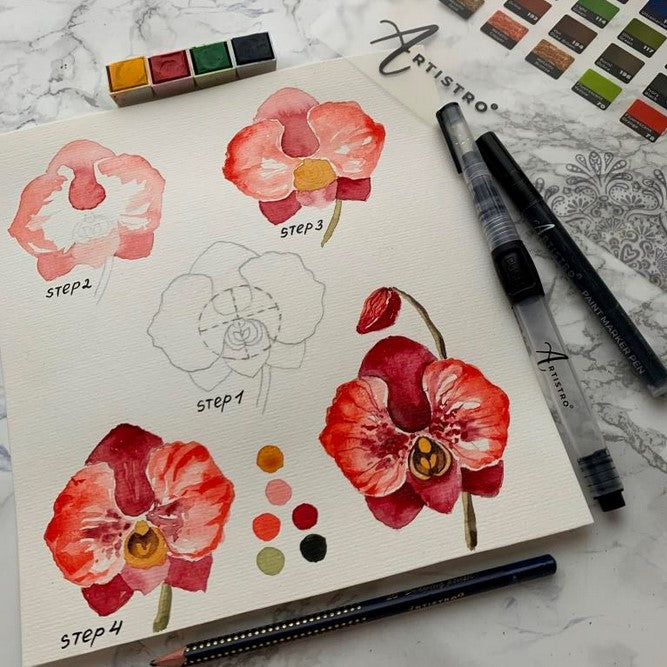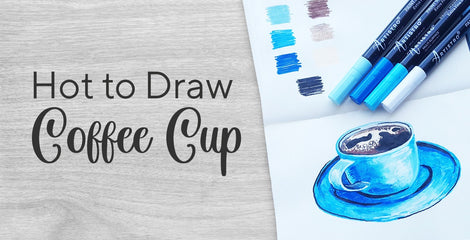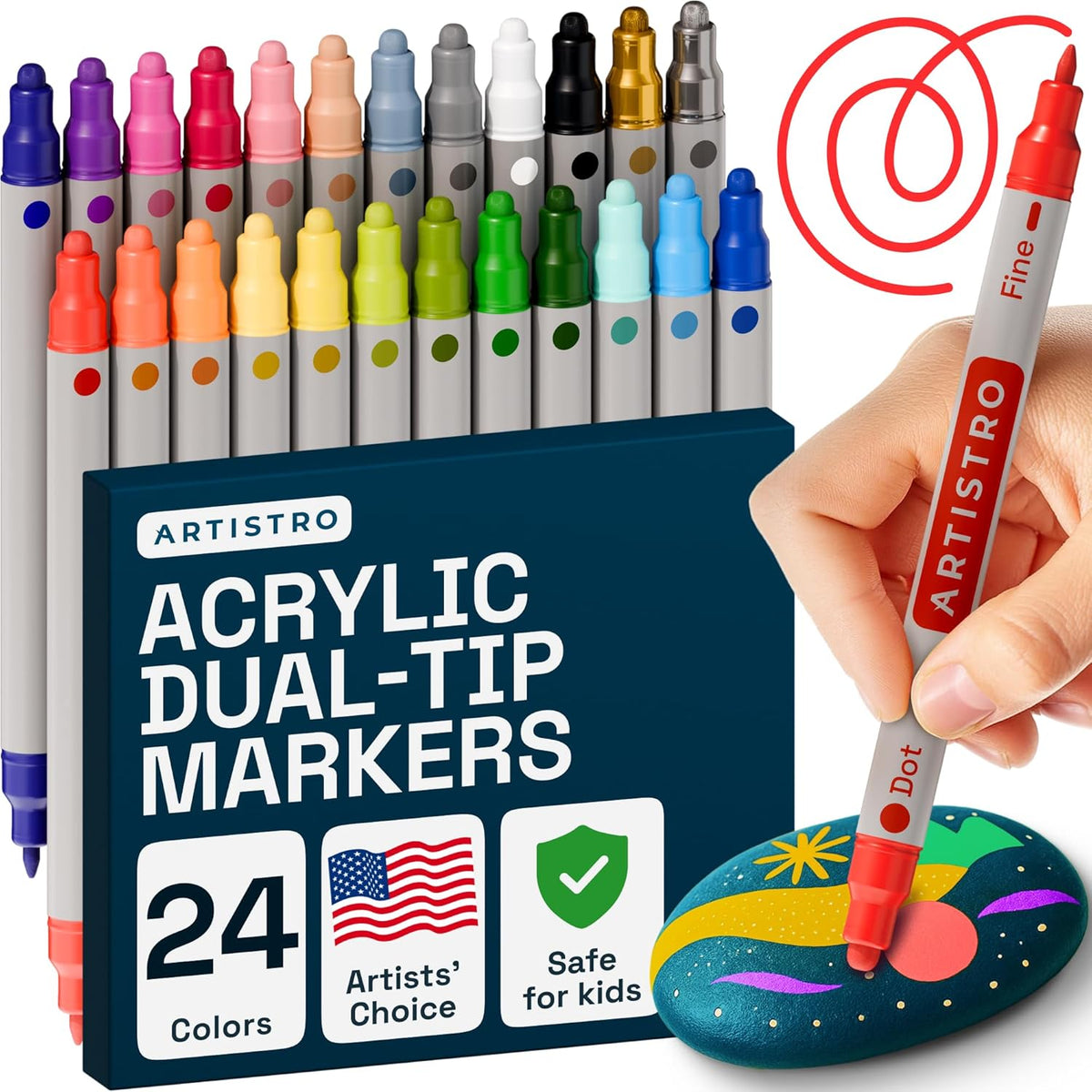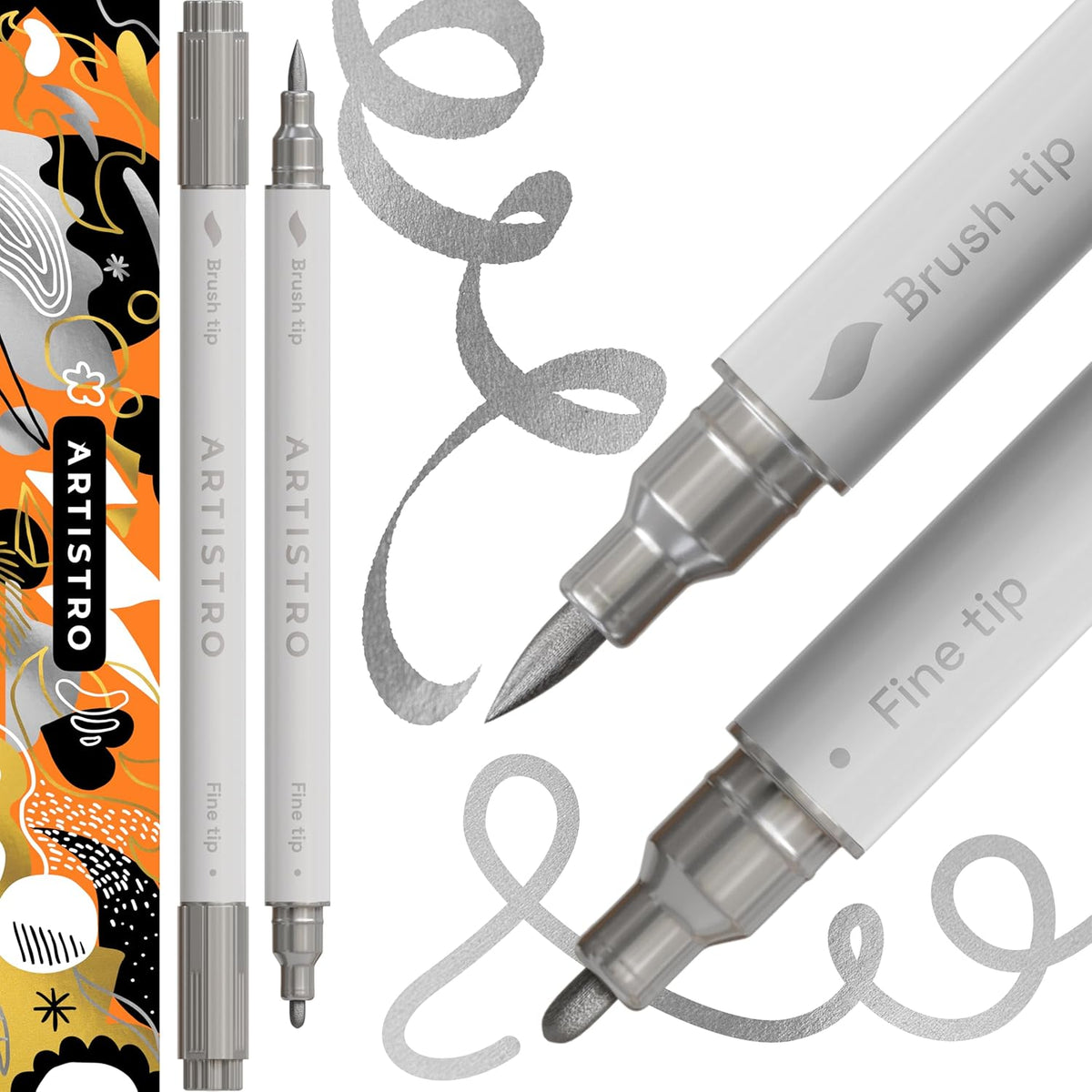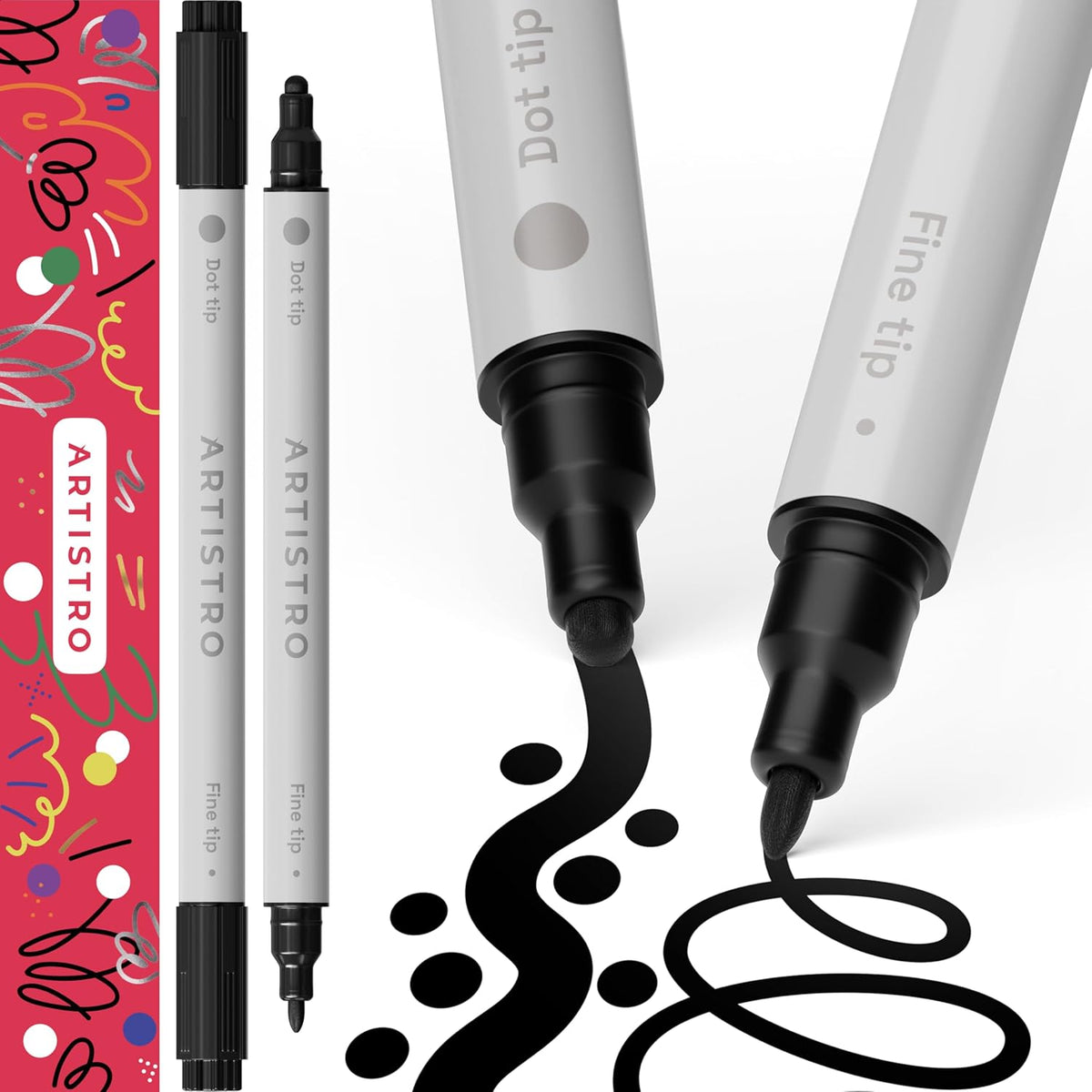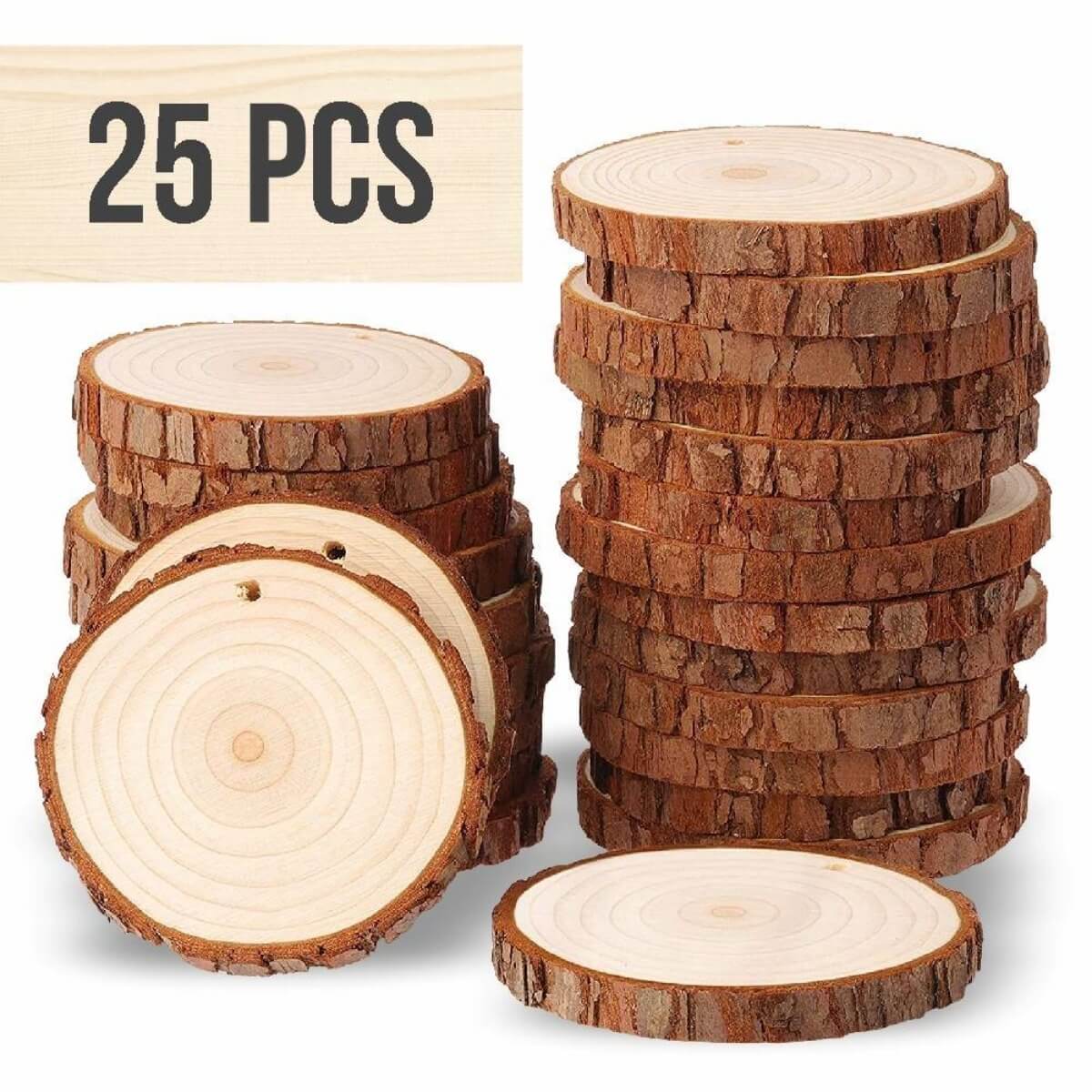Table of Contents:
Drawing is truly amazing. It gives us inspiration, it helps heal our spiritual wounds, and it gives comfort in times of need. Drawing also entertains us, brings us joy, and instills aesthetic and ethical values.
Nevertheless, as amazing as it is, drawing is serious and hard work. How does one become a real artist? Сan anyone learn to paint, or does drawing require certain skills? Is art a talent or skill? What is its true nature? These and many other questions have inspired many myths about drawing. We have selected 5 of the most interesting ones to share with you.

Artist stereotype 1. “Drawing is a useless skill.”
Claim: Drawing is considered a "useless" or "unnecessary" skill. Some people even associate drawing with idleness and laziness, like teachers who reprimand students they catch doodling in the margins of their notebooks. People with negative school or learning experiences like those only reinforce this myth about painting. If a child is forced to paint or reproached for poor grades in the arts, it is only natural for that child to come to perceive drawing as a useless skill.
Rebuttal: In fact, drawing develops fine motor skills of the hand and improves memory and visual perception. It also trains the ability to analyze and synthesize, and increases spatial and analytical thinking. Most importantly, drawing develops the imagination, creativity, perseverance, self-organization, and speech.
That is why creative people often make tremendous progress in many related activities, not only in the profession of art.

Artist stereotype 2.“Drawing has an age limit.”
Claim: It is generally accepted that learning something new is possible only in youth — think of the saying, “You can’t teach an old dog new tricks.” This myth is applicable not only to drawing, but also to many other fields. Indeed, with age, memory, vision, and analytical abilities deteriorate.
Rebuttal: Modern neuroscience research proves that a person retains the ability to learn throughout life. The old hypothesis that brain cells cannot be repaired has been disproven. A person is able to create new neural connections throughout their life. This is called neuroplasticity, and it can also be improved with consistent training.

Artist stereotype 3.“To draw well, you need to devote your whole life to it.”
Claim: Looking at great artists like da Vinci, Michelangelo, Dalí, and Vermeer, it may seem that these artists have been exclusively engaged in drawing all their lives. But it seems so only at first glance.
Rebuttal: Indeed, honing drawing skills takes a long time. If you want to learn to draw and paint professionally, that will take a lot of time and effort. But this statement is true for any profession or skill. Speaking of da Vinci and Michelangelo, it is enough to recall their biography. This is a great example of amazing accomplishments and great talent. Geniuses have shown themselves in many areas, not only in drawing.

Artist stereotype 4.“Artists always have material difficulties.”
Claim: The image of the poor, struggling artist is firmly rooted in the minds of most people. Paul Gauguin, Vincent van Gogh, Amadeo Modigliani — all these now-famous artists lived in poverty their whole lives and only garnered critical acclaim after their deaths.
Rebuttal: Such artist stereotypes are rather generalized collective images of the Romantic era than real facts. Today the creative profession has many alternatives to relying on selling their works. If, for some reason, an artist's canvases are not in great demand, they can find an additional source of income through design, decoration, and/or teaching.

Artist stereotype 5.“It is impossible to paint without inspiration.”
Claim: When thinking about creating art, the first thing to come to mind is the requisite for inspiration. Searching for the perfect muse is one of the oldest stereotypes in art. It is believed that in order to start working on a project, you need to wait for inspiration, perhaps in the form of a beautiful person, a stunning landscape, or a captivating dream. Otherwise, despite any effort and time spent, a resulting work will be lackluster, ineffective, and “uninspired.”
Rebuttal: Artistic sources of inspiration are different for each individual, but even then they are not 100% guaranteed. One person can get inspired by certain music, and another by a walk in nature. But if either is depressed or upset for whatever reason, the usual method may not produce any motivation to create new art. Sometimes, one may just need to start drawing and see where it takes them, because it is the drawing process itself that is the most reliable, inexhaustible source of inspiration.




